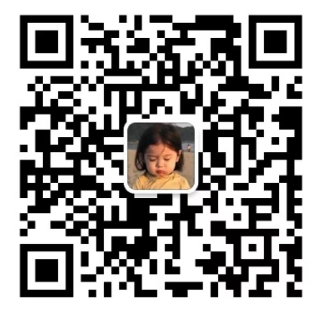Developing applications for accessories related to the CFR-50JB-52-1M involves a multifaceted approach that integrates various technologies and methodologies. While the specifics of the CFR-50JB-52-1M are not detailed, we can explore the general landscape of accessory application development, focusing on key technologies and notable success stories that illustrate effective implementation.
| 1. Embedded Systems Development | |
| 2. Connectivity Protocols | |
| 3. User Interface (UI) Development | |
| 4. Data Management and Analytics | |
| 5. Power Management | |
| 6. Security | |
| 1. Smart Home Accessories | |
| 2. Wearable Technology | |
| 3. Industrial IoT Solutions | |
| 4. Automotive Accessories | |
| 5. Gaming Accessories |
The development of applications for accessories like the CFR-50JB-52-1M requires a comprehensive understanding of embedded systems, connectivity, user interface design, data management, and security. By leveraging these technologies and drawing inspiration from successful case studies, developers can create innovative solutions that not only meet user needs but also enhance the overall functionality and appeal of the accessory. The integration of these elements is key to driving user engagement and satisfaction in a competitive market.
Developing applications for accessories related to the CFR-50JB-52-1M involves a multifaceted approach that integrates various technologies and methodologies. While the specifics of the CFR-50JB-52-1M are not detailed, we can explore the general landscape of accessory application development, focusing on key technologies and notable success stories that illustrate effective implementation.
| 1. Embedded Systems Development | |
| 2. Connectivity Protocols | |
| 3. User Interface (UI) Development | |
| 4. Data Management and Analytics | |
| 5. Power Management | |
| 6. Security | |
| 1. Smart Home Accessories | |
| 2. Wearable Technology | |
| 3. Industrial IoT Solutions | |
| 4. Automotive Accessories | |
| 5. Gaming Accessories |
The development of applications for accessories like the CFR-50JB-52-1M requires a comprehensive understanding of embedded systems, connectivity, user interface design, data management, and security. By leveraging these technologies and drawing inspiration from successful case studies, developers can create innovative solutions that not only meet user needs but also enhance the overall functionality and appeal of the accessory. The integration of these elements is key to driving user engagement and satisfaction in a competitive market.








